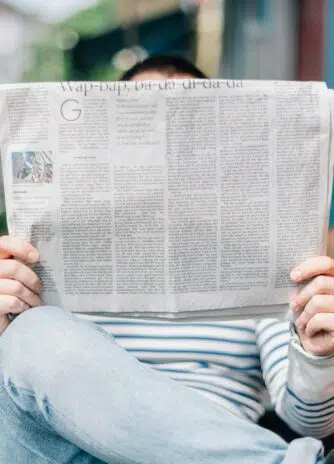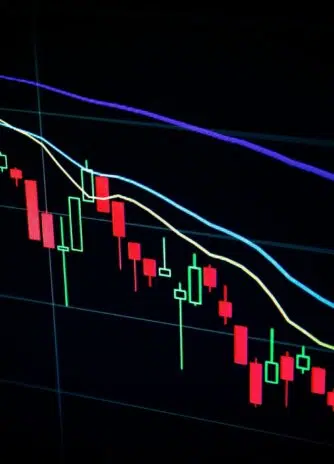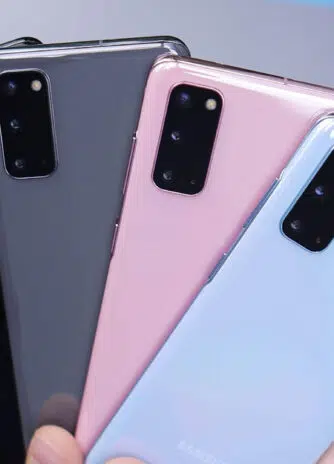This past summer, Laura Marciano, a researcher at Harvard University, conducted interviews with 500 teenagers for an ongoing study exploring the link between technology use and feelings of loneliness. The findings were eye-opening.
Over several weeks, teenagers recruited through Instagram influencers answered questions three times daily about their social interactions. More than half reported, each time, that they had not interacted with anyone, either online or in person, within the past hour. Despite being on school break and frequently engaging on social media platforms, the majority of them weren’t actually socializing.
Today, Americans are spending more time alone, report fewer close friendships, and feel increasingly disconnected from their communities compared to two decades ago. In fact, one in two adults says they experience loneliness—a distress that results from prolonged social isolation. In light of this, U.S. Surgeon General Dr. Vivek Murthy declared loneliness an epidemic last year.
Since then, scholars and psychologists have intensified research on technology’s role in this trend. The surge of smartphones and social apps has dramatically reshaped our social norms and the way we communicate. Texting has often replaced phone calls, which offer more personal connection. And on platforms like TikTok and Instagram, many people present curated versions of themselves, which often feel far from genuine.
“It’s challenging to tell who’s being authentic online, and it’s difficult for people to show up as themselves online, which really sets up a recipe for loneliness,” said Dr. Murthy in an interview. He determined that loneliness had reached epidemic levels after examining studies and speaking with college students last year.
Researchers have found a clear consensus: while technology itself may not directly cause loneliness (many healthy, socially connected people use it), there’s a strong link between the two. Those who report feeling lonely may often engage with technology in ways that contribute to their isolation.
Three specific behaviors have contributed to this pattern:
— Comparison on social media: Platforms like Instagram can fuel a constant comparison game, leading people to feel that their lives aren’t measuring up to their peers’.
— Text messaging barriers: Texting, the most popular digital form of communication, may inhibit the kind of deep connection that more personal, real-time conversations allow.
— Video streaming addiction: Many who experience loneliness also display addictive behaviors—especially to streaming videos—that lead them to stay indoors and avoid social interaction.
Together, these habits create a challenging social landscape that may further deepen feelings of loneliness.
We have helped 20+ companies in industries like Finance, Transportation, Health, Tourism, Events, Education, Sports.












